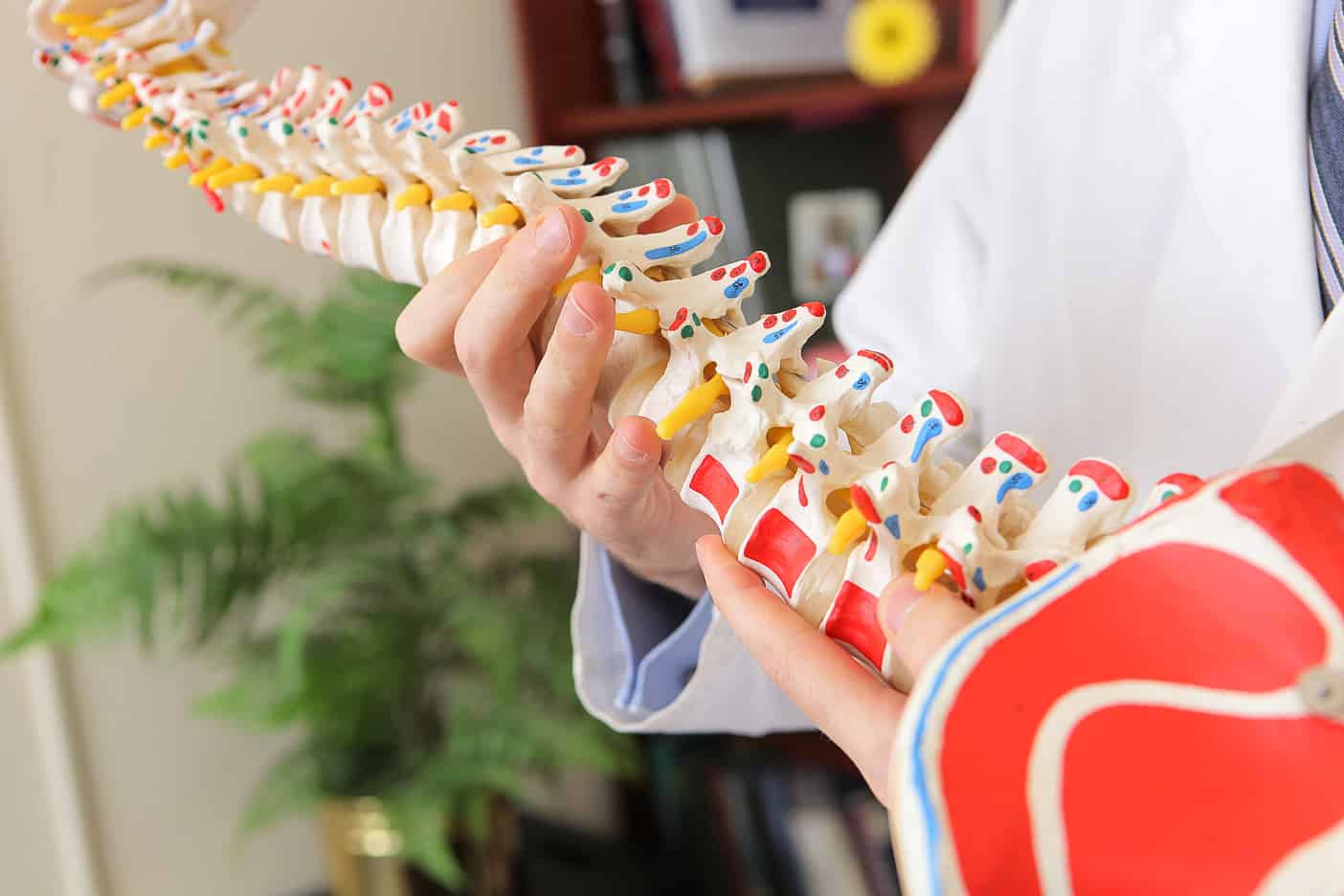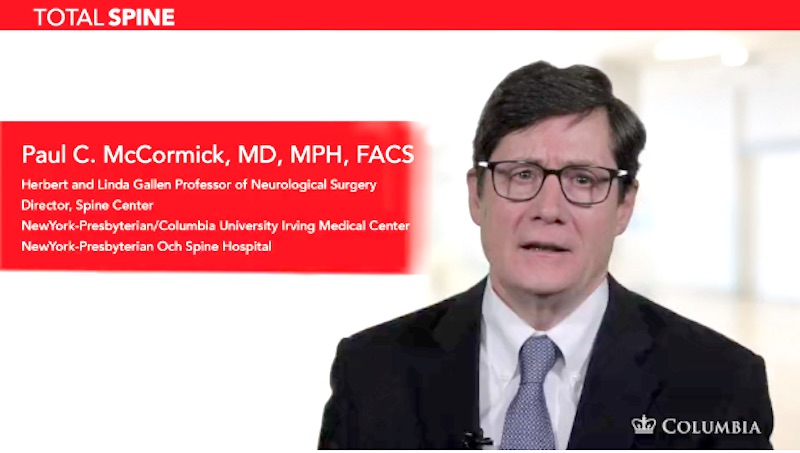 There is uniformity to the bumps of the spine we see running up and down our backs, but under the skin there is a very different picture. The bones themselves vary in shape, and the spinal cord inside isn’t as uniform as you might think.
There is uniformity to the bumps of the spine we see running up and down our backs, but under the skin there is a very different picture. The bones themselves vary in shape, and the spinal cord inside isn’t as uniform as you might think.
The length of the spinal cord is surrounded by a tough membrane called the dura mater. Just below the bottom of the ribs, the spinal cord proper ends. Here, the cord is replaced by a bundle of nerve roots packed together inside the dura mater sheath like thin, slippery spaghetti. This part of the spine is called the cauda equina, or “horse’s tail.”
Tumors can occur at any point along the spine including here in the cauda equina. Their removal in this particular location requires the delicate maneuvering of a seasoned neurosurgeon like Dr. Paul McCormick, director of The Spine Hospital at The Neurological Institute of New York.
Dr. McCormick demonstrated this complex surgery in a video that is part of a series edited for the Journal of Neurological Surgery: Neurosurgical Focus (read more about this series here).
In this video, small nerve roots have grown attached to the membrane of the patient’s tumor. The aim of surgery is to spare and separate the nerve roots without causing the delicate membrane to rupture.
Dr. McCormick demonstrates many treatment strategies and operative techniques to reduce the risk of injury to the cauda equina while safely removing the tumor. He describes each in a voice-over and spends plenty of time showing the painstaking process of using various tools to separate the different structures.
Dr. McCormick believes the videos will also interest some patients. He says that surprisingly often, patients ask him if they can watch a video of the type of surgery they will have. This particular video may interest some patients who will have surgery for a tumor of the lower spine.
But be aware: this is a graphic and close-up look at surgery. It should be viewed only by interested adults, and with caution–not all patients will want to watch it! Those who do can see it on YouTube here: Microsurgical enbloc resection of myxopapillary cauda equina ependymoma.


